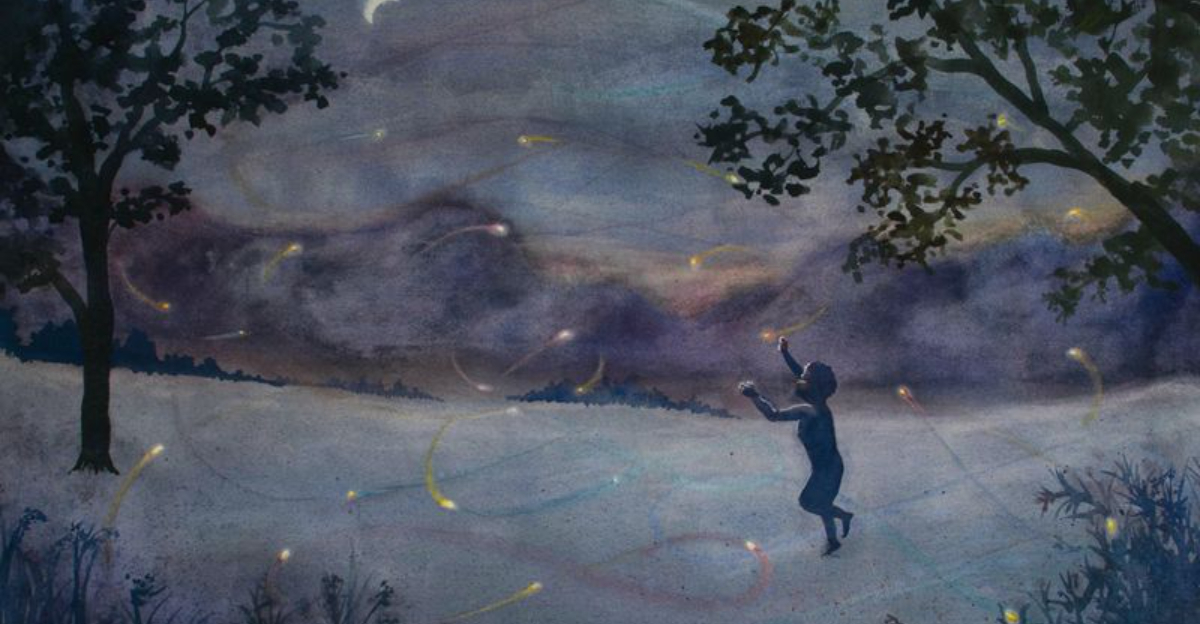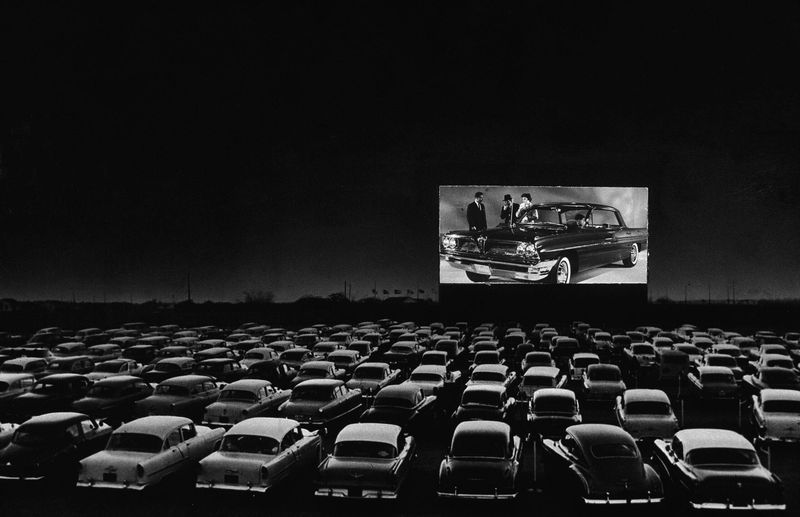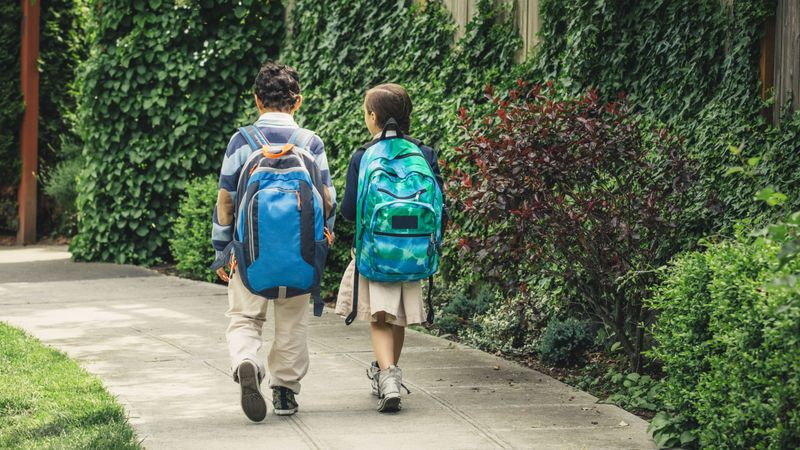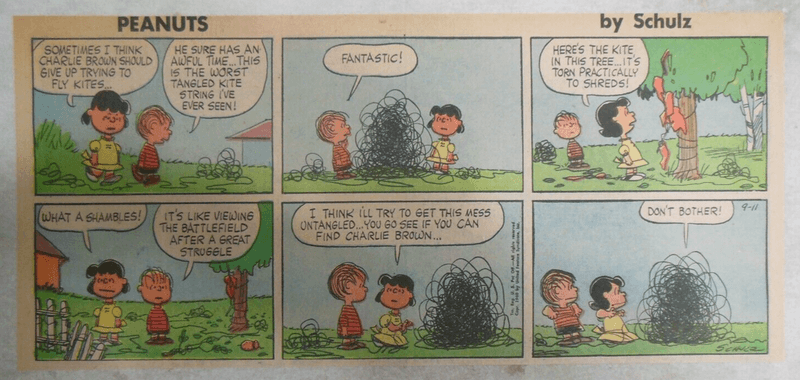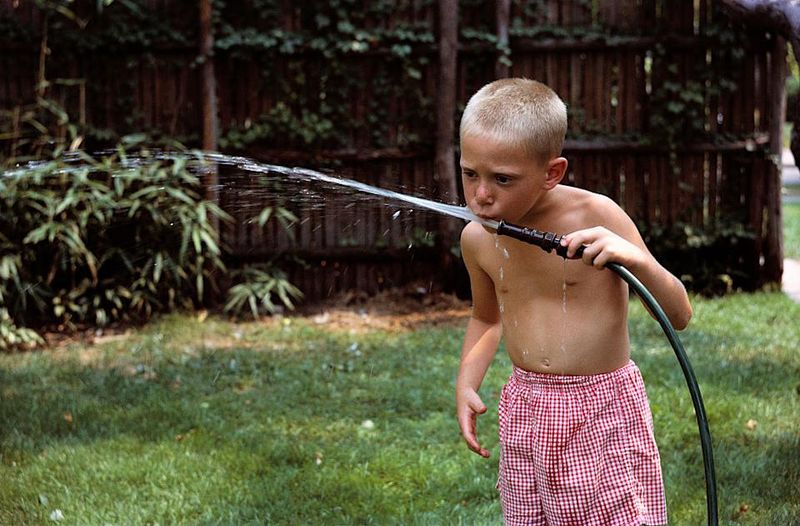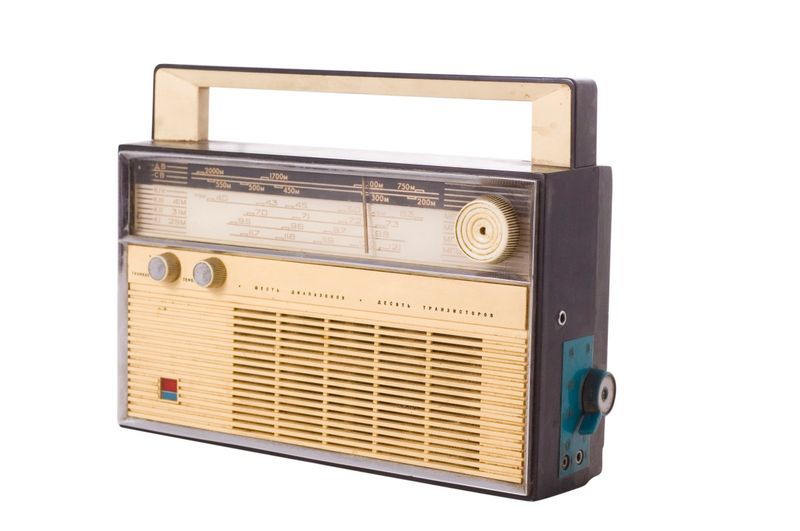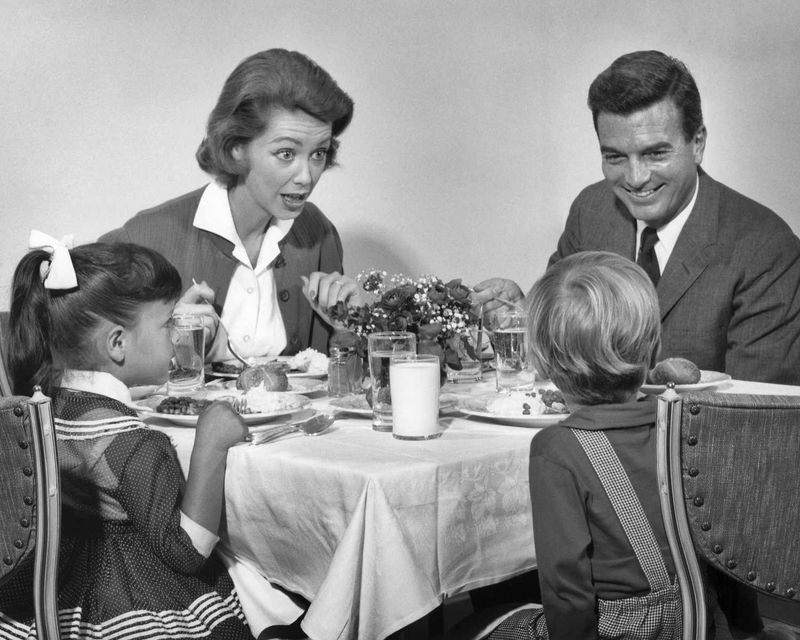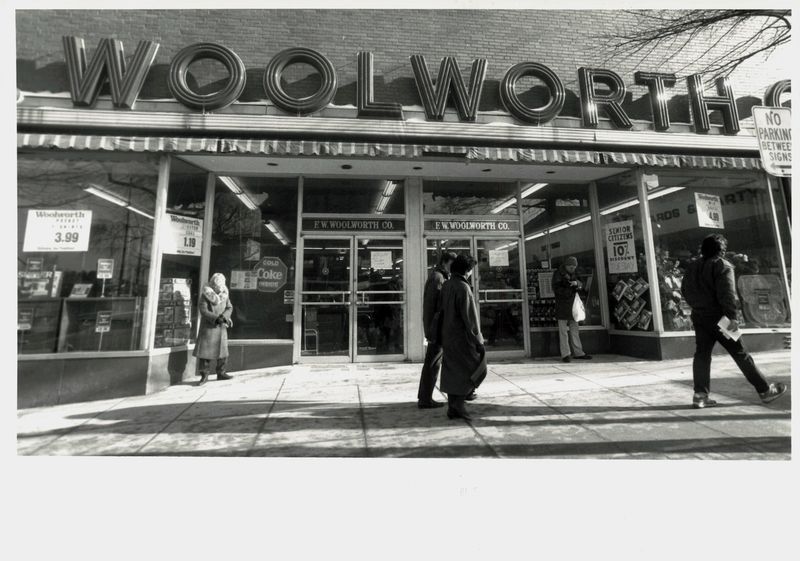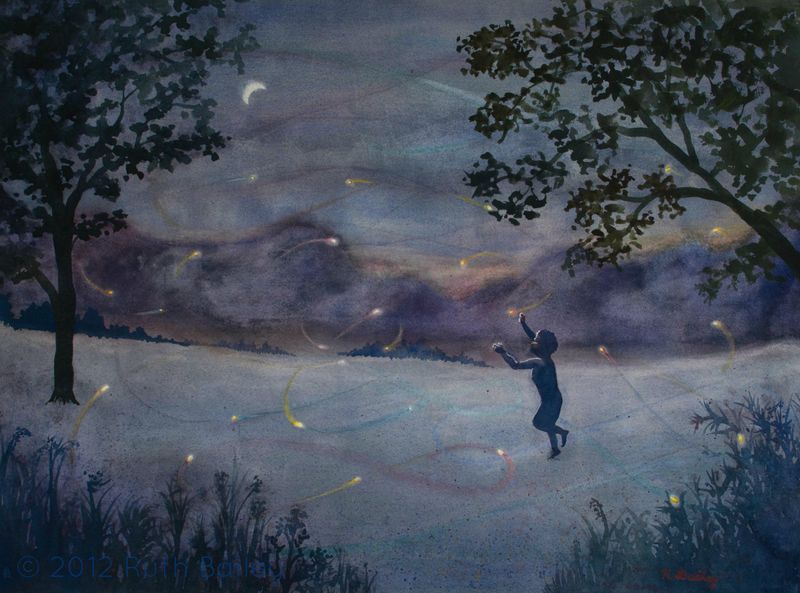Remember when fun didn’t require a Wi-Fi connection or a charging cable? In the 1960s, childhood was an analog adventure filled with simple pleasures and real-world discoveries. While today’s kids have amazing technology at their fingertips, they’re missing out on the unplugged joys that shaped previous generations. Let’s look back at some cherished experiences from the ’60s that gave kids freedom, creativity, and connection in ways that smartphones simply can’t match.
1. Watching Drive-In Movies from the Backseat
Stars twinkled overhead as families nestled in station wagons, surrounded by other cars tuned to the same scratchy audio frequency. Children in pajamas peeked between front seats at massive outdoor screens, fighting sleep to catch the second feature.
The drive-in wasn’t just about movies – it was about freedom. You could talk during the film, eat messy snacks, or fall asleep without anyone minding. For many kids, these magical evenings under the stars created memories that outlasted any particular film they watched.
2. Walking to School Without Supervision
Morning commutes were kid-powered adventures back then. Children as young as six navigated neighborhood streets solo, discovering shortcuts through vacant lots and meeting up with friends at designated corners.
These daily journeys fostered independence and problem-solving. If it rained, you figured out shelter. If a dog chased you, you learned to stand your ground or find another route. The walk to school wasn’t just transportation – it was the first taste of managing your own small world, completely unsupervised by hovering adults.
3. Building Treehouses and Backyard Forts
Hammers pounded and imaginations soared as kids transformed scrap lumber into castles in the sky. Parents rarely supervised these architectural experiments – they simply supplied basic tools and occasional band-aids.
The rickety platforms and wobbly ladders wouldn’t pass today’s safety standards, but they taught invaluable lessons. Children learned spatial reasoning, basic engineering, and cooperation. The real magic wasn’t the finished structure but the sense of ownership – a space created by kids, for kids, where grown-up rules didn’t apply.
4. Trading Comic Strips from the Sunday Paper
Sunday mornings brought a treasure trove of colorful characters to doorsteps across America. After parents finished with the news sections, kids would pounce on the comics, carefully tearing out favorites to save or swap.
Charlie Brown’s perpetual optimism, Beetle Bailey’s military mishaps, and Brenda Starr’s glamorous adventures became cultural touchpoints. These shared stories created a common language among friends. Long before memes existed, comic strips were the currency of childhood humor – collected, discussed, and passed along with reverence.
5. Drinking from the Garden Hose
When thirst struck during neighborhood games, the nearest hose was your drinking fountain. No one worried about BPA or filtered water – you simply turned the spigot, let the hot water run out, and gulped down the cool, slightly rubbery-tasting refreshment.
The ritual had its own technique: thumb partially blocking the flow to create a perfect drinking arc. It tasted like summer freedom – slightly metallic, utterly satisfying. Today’s parents might cringe, but generations survived and thrived on this simple hydration method that required no plastic bottles or refrigeration.
6. Listening to the Radio for Your Favorite Song
Fingers hovered over the record button as DJs teased upcoming tracks. The anticipation was electric – would they play your song next? When those first familiar notes finally rang out, triumph!
Recording music required patience and timing. You endured commercials, weather reports, and unwanted songs just for the chance to capture your anthem. Each successful recording felt like a personal victory. The limitations created appreciation that’s missing in today’s instant-access world, where any song is available in seconds without the sweet suspense of waiting.
7. Playing with Real Toys — and No Screens
Imagination powered playtime before batteries took over childhood. Lincoln Logs became frontier towns, Spirograph created mathematical art, and a simple cardboard box transformed into anything from spaceship to castle.
Hands-on toys developed tangible skills. Erector Sets built engineering minds, while Easy-Bake Ovens sparked culinary creativity. The beauty of these toys was their simplicity – they were tools for imagination rather than entertainment endpoints. Children weren’t passive consumers but active creators, inventing storylines and worlds with minimal props and maximum brainpower.
8. Family Dinners Without Distractions
The dinner bell rang, and everyone came running – no exceptions, no devices. Families gathered around tables laden with home-cooked food, passing dishes and sharing stories from their day.
These daily gatherings built communication skills that texting can’t replicate. Children learned to read facial expressions, take conversation turns, and respect differing opinions. The dinner table was both classroom and courtroom – where values were taught, grievances aired, and family decisions debated. The ritual itself, more than any particular meal, nourished connections that sustained families through challenges.
9. Visiting the Local Dime Store
Woolworth’s and Ben Franklin stores were wonderlands where a quarter bought happiness. Glass counters displayed penny candy – root beer barrels, wax bottles, and candy cigarettes that parents wouldn’t blink at.
Children learned budgeting through these micro-shopping sprees. Should you spend all your allowance on a plastic model airplane or stretch it across jawbreakers, balsa wood gliders, and temporary tattoos? The mathematical calculations were intense but rewarding. The physical experience of handling money, making choices, and walking home with a small paper bag of treasures can’t be replicated by clicking “add to cart.”
10. Reading Comic Books from the Drugstore Rack
Spinner racks squeaked as kids thumbed through colorful adventures. For 12 cents, you could witness Superman saving the world or Archie fumbling through high school drama – stories consumed right there beside pharmacy counters and soda fountains.
Comics weren’t just entertainment but social currency. The latest issues sparked playground debates about which superhero was strongest or which storyline most exciting. Reading happened everywhere – on curbs, in treehouses, under bedsheets with flashlights. These inexpensive publications sparked literacy love long before graphic novels gained educational respect.
11. Summer Nights with Fireflies and No Bedtime
Freedom arrived with summer vacation. When school bells fell silent, so did bedtime rules. Children spilled outdoors after dinner, playing until streetlights flickered on – nature’s curfew call.
Neighborhood games of Kick-the-Can and Capture the Flag unified blocks of kids. Younger children joined older ones, learning social hierarchies and game strategies. The magical highlight was catching lightning bugs in jelly jars, creating nature’s lanterns. These unstructured evenings developed social skills no scheduled playdate can match, teaching negotiation, conflict resolution, and community building through simple play.
